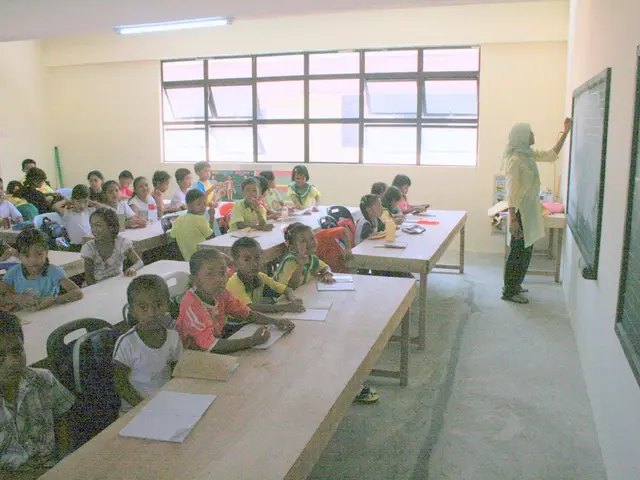Cultivating Land Post-Stroke Incident
For stroke survivors who wish to return to farming, the journey can be challenging. However, with the right occupational therapy strategies, it is possible to regain the skills needed to engage in farming activities. Here are some tailored suggestions for stroke survivors returning to farming, as outlined by occupational therapists.
Adaptive Tools and Equipment
Using adaptive tools and equipment can make tasks easier. Consider employing ergonomic handles on tools or utensils with larger grips. Farming machinery can also be modified for one-handed use or equipped with automatic controls to make operations smoother.
Task Modification and Prioritization
Prioritizing tasks is essential. Focus on critical tasks that require the least amount of physical exertion or coordination, such as crop monitoring or administrative tasks. Breaking down complex tasks into simpler steps can help manage energy and reduce stress.
Physical Strengthening and Coordination Exercises
Engaging in exercises to strengthen the arms and hands, as well as improving balance, is crucial. These exercises can help prevent falls and enhance overall stability while working.
Cognitive and Safety Strategies
Cognitive training can help improve memory, attention, and problem-solving abilities, which are essential for managing farm operations. Establishing clear safety protocols, such as using personal alarms or having a companion during work, can ensure a quick response in case of emergencies.
Work Environment Adjustments
Modifying the workspace to reduce physical demands is important. Raised beds can provide easier access, while ramps can make equipment more accessible. Conducting ergonomic assessments can ensure that the work environment is set up to support the individual's physical needs.
Emotional Support and Community Engagement
Participating in peer support groups can provide emotional support and strategies for overcoming obstacles. Involving family members or caregivers in the therapeutic process can enhance support and understanding of the survivor's needs.
Technology Integration
Exploring the use of Brain-Computer Interface (BCI) technology, such as the IpsiHand system, can help improve motor function and control over the affected limbs, potentially enhancing farming-related tasks.
Home-Based Therapy
Utilizing home-based occupational therapy services can provide personalized therapy sessions in the comfort of the survivor's own environment, including outdoors if necessary.
By incorporating these strategies, stroke survivors can effectively return to farming while managing their physical and cognitive limitations. It is important to take your time recovering and not overwork yourself after a stroke. Rehabilitation plays a crucial role in recovering from a stroke, helping in relearning basic skills and improving strength, flexibility, and endurance.
- To ease tasks, consider using adaptive tools like ergonomic handles or machinery with automatic controls, which can be beneficial for stroke survivors in farming.
- Prioritize demands on your physical strength and coordination when starting to farm again, focusing on less strenuous tasks such as crop monitoring or administrative work.
- Exercises to strengthen your arms, hands, and improve balance are essential for enhancing stability and preventing falls while working on the farm.
- Cognitive training can improve memory, attention, and problem-solving abilities, making it easier to manage farm operations for stroke survivors.
- Establishing clear safety protocols, like using personal alarms or working with a companion, can ensure a quick response in case of emergencies.
- Modifying the workspace to reduce physical demands, such as using raised beds or ramps, can provide a more accessible and comfortable environment for stroke survivors.
- Incorporating emotional support through peer support groups or involving family members in the therapeutic process can help overcome obstacles and provide additional understanding of needs.
- Technology integration, such as Brain-Computer Interface (BCI) systems, can potentially improve motor function and control over affected limbs, benefiting farming-related tasks for stroke survivors.
- Home-based occupational therapy services can offer personalized sessions in the survivor's own environment, including outdoors, for improved comfort and rehabilitation.
- By implementing these strategies, stroke survivors can return to farming effectively, managing their physical and cognitive limitations.
- It is essential to take time to recover after a stroke and not push yourself too hard when reentering the workforce, as rehabilitation plays a significant role in relearning basic skills.
- Stroke survivors should consider pursuing education and self-development opportunities, such as fitness and exercise, mental health therapies, and skills training, to promote overall health and wellness, career development, and personal growth, all of which contribute to goal-setting and success in farming and other aspects of life.




